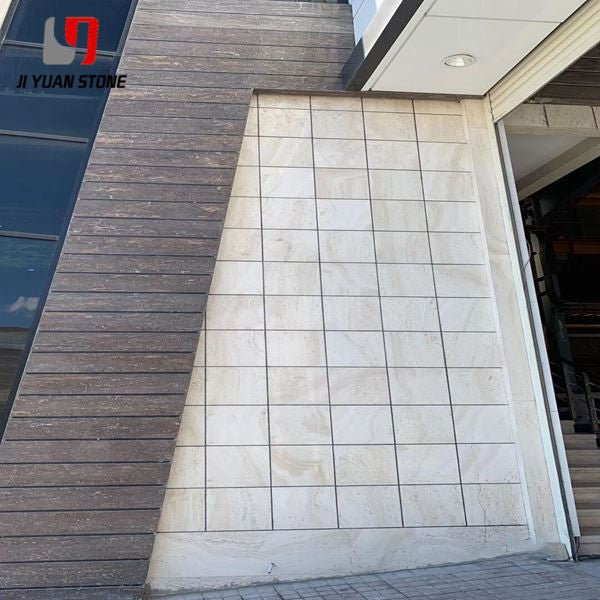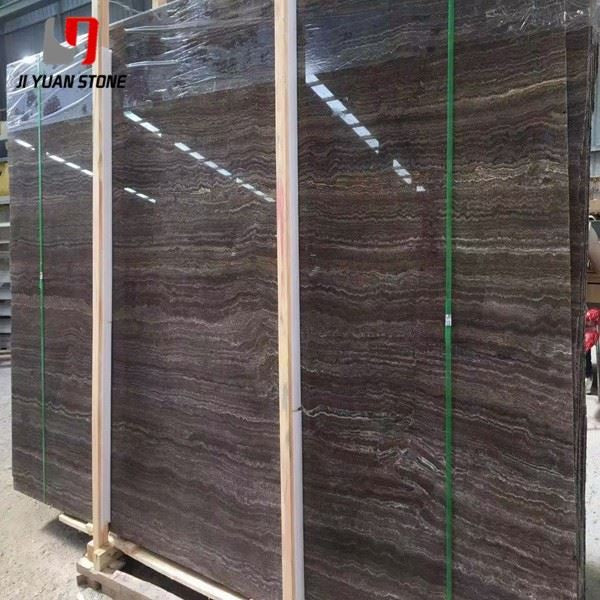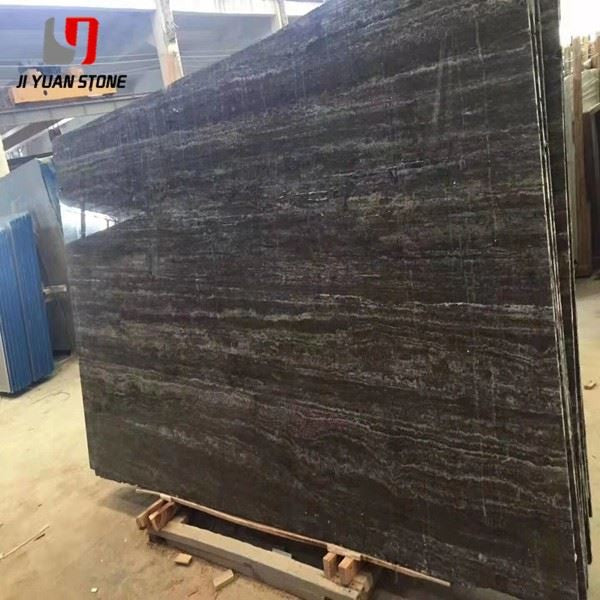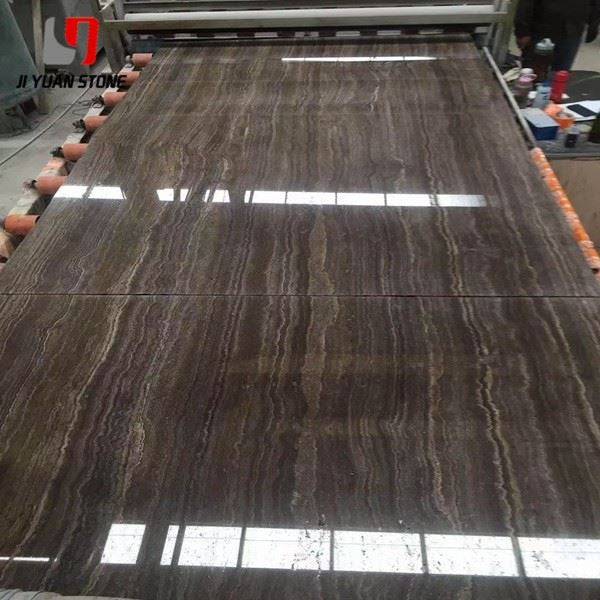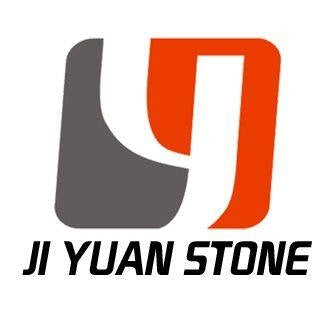Black Travertine Pavers
Black Travertine Pavers
Black Travertine Pavers – Sculpted Strength & Natural Sophistication
Introducing our Black Travertine Pavers, the perfect addition to any outdoor space. These pavers are crafted from durable black travertine, providing a timeless and sophisticated look. With their natural texture and slip-resistant surface, these pavers are not only beautiful but also safe and long-lasting. Elevate your outdoor design with Black Travertine Pavers.
| Feature | Details |
|---|---|
| Product Name | Black Travertine Pavers |
| Material | Natural Travertine Marble Stone |
| Colour | Black, White,Grey, Silver,Red, Yellow,Ivory White, Beige etc |
| Thickness | 1mm,8mm,10mm,15mm,18mm,20mm etc |
| Usage | Pool coping,pavers,floor tile,wall panel,countertop,table etc |
Bring timeless elegance and engineering precision to your architectural projects with our Black Travertine Pavers. Ideal for outdoor patios, garden pathways, and especially spiral staircases, these pavers combine natural durability with state-of-the-art processing to ensure flawless installation and long-term performance.
Thanks to advanced vertical lathe technology, our black travertine pavers are expertly shaped to accommodate complex architectural curves — especially in projects involving spiral steps and column-wrapped designs. Every piece is processed with care, ensuring visual continuity, strength, and an unmatched high-end finish.
🔄 Advanced Processing Technology for Spiral Staircases
Crafting curved black travertine pavers for spiral staircases requires high-precision vertical lathe processing. This technique ensures each paver fits perfectly within the structure's curve while maintaining consistency in texture and color. Here's a breakdown of the professional process flow:
🛠️ Vertical Lathe Processing Steps:
1 . Production Order Review
Understand material type, radius, height, chord length, and delivery deadline.
2 . Material Selection
Choose high-grade black travertine blocks with natural veining and rich tone.
3 . Blank Opening
Prepare stone blanks with 30–40mm machining allowance for height and chord length.
4 . Arc Plate Blank Cutting
Use a computerized diamond beaded wire saw for accurate initial shaping.
5 . Reinforcement of Arc Plate Blanks
Strengthen blanks using advanced methods for added safety and structure.
6 . Numbering & Arrangement
Arrange and label pieces for consistent grain and alignment in curved installation.
7 . Blank Parting & Quality Inspection
Assess all pieces for structural integrity and surface quality.
8 . Bottom Mold Production
Create positioning molds to ensure efficient and accurate machining.
9 . Saw Blade Selection & Installation
Choose the appropriate blade based on curvature and cut depth.
10 . Copying Template Production
Make a durable guide template tailored for each curve and contour.
11 . Fixture Installation & Positioning
Secure blanks using clamps, guide rails, and custom fasteners.
12 . Pre-Clamping Inspection
Confirm alignment and setup before final processing.
13 . Section Line Drawing
Mark cutting boundaries clearly for accurate finishing.
14 . Blank Clamping & Template Debugging
Secure blanks and fine-tune templates before shaping.
15 . Tool Setting & Trial Cutting
Test blade movements and precision before full production.
16 . Final Cutting & Finishing
Execute rough and finishing cuts to achieve smooth, seamless curves.
17 . Inspection & Cleanup
Review finished pieces for quality, clean workbench, and repack tiles for delivery.
🌟 Why Choose Black Travertine Pavers?
- Rich black color with unique veining adds bold elegance to any space
- Designed for complex architectural curves like spiral staircases
- Durable and weather-resistant for both indoor and outdoor use
- Precision-cut with advanced machinery for seamless installation
- Low maintenance and easy to clean
- Enhances value and beauty of any residential or commercial property
🏡 Perfect For:
- Spiral Staircases
- Outdoor Patios
- Garden Pathways
- Accent Walls
- Pool Surrounds
- Walkways & Entryways
✅ Invest in Lasting Quality
Every Black Travertine Paver is a combination of nature’s beauty and modern precision. Whether you're building a grand spiral staircase or a serene backyard patio, these pavers offer strength, visual continuity, and artisan-level detail. Enhance your space with the refined boldness of Black Travertine Pavers — where engineering meets elegance.
Share
